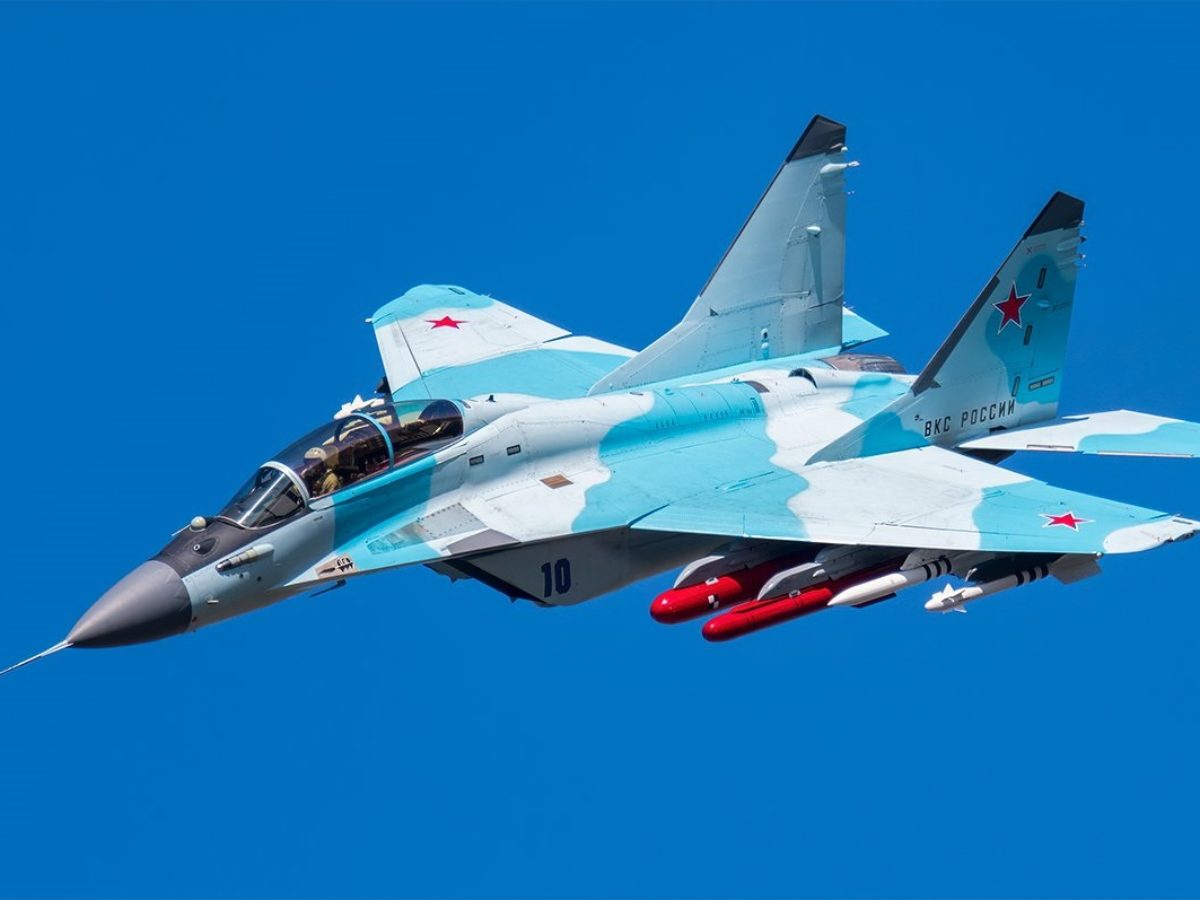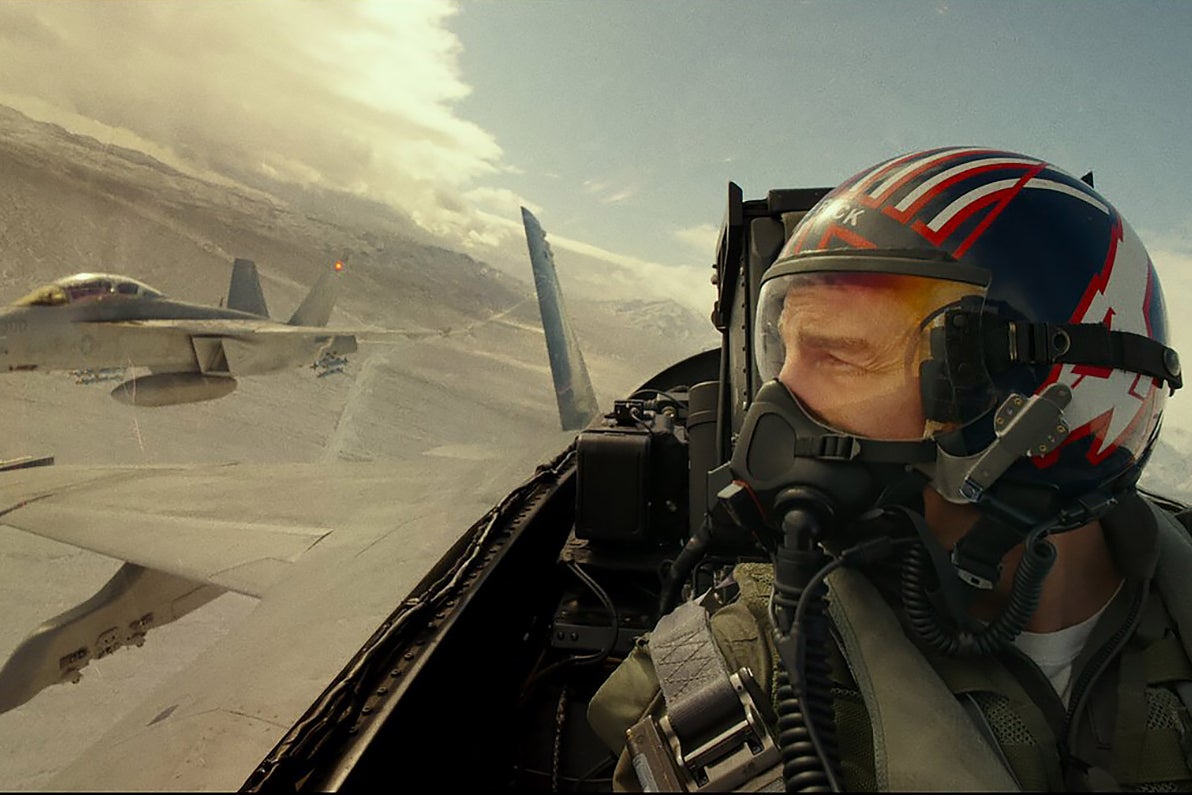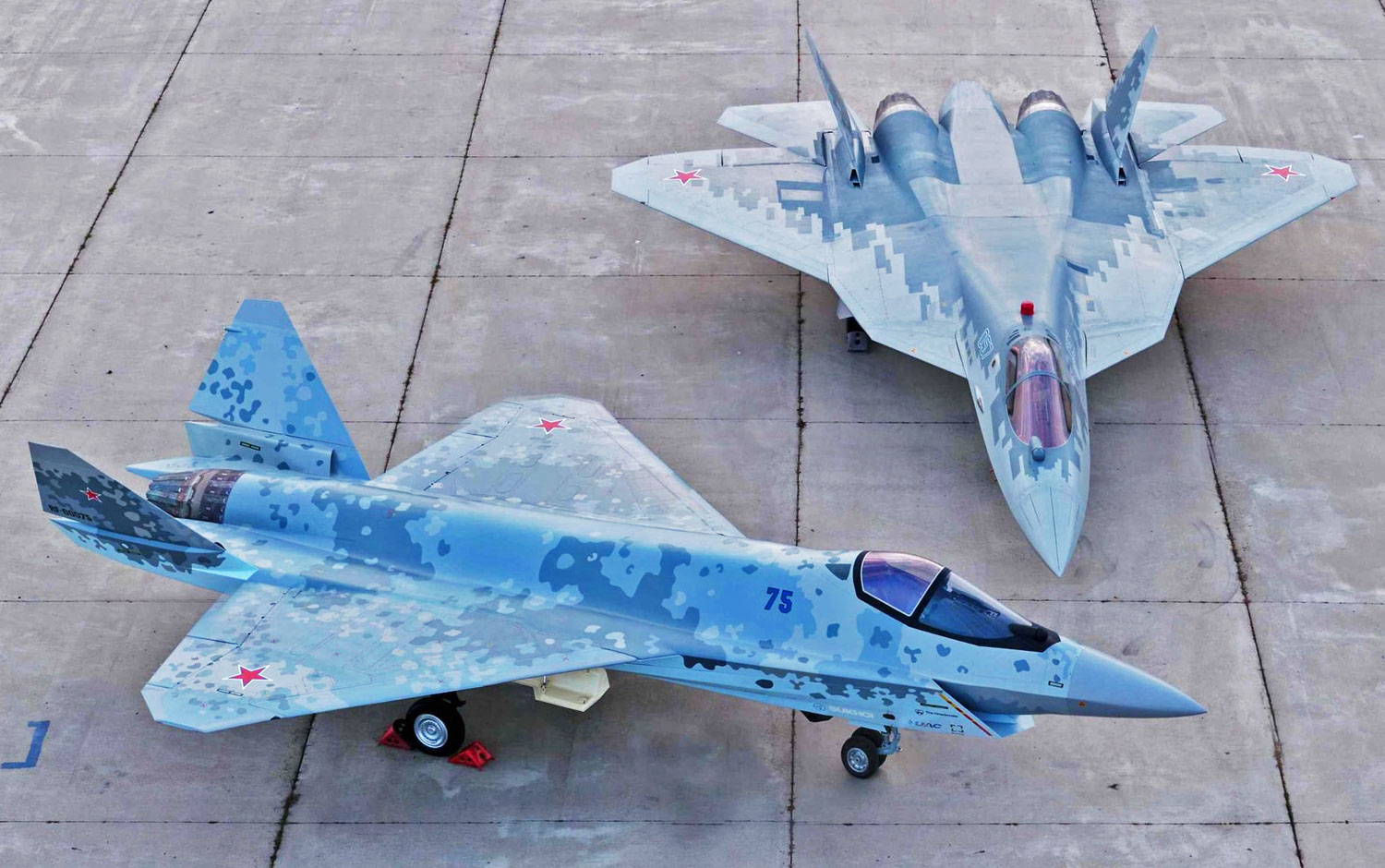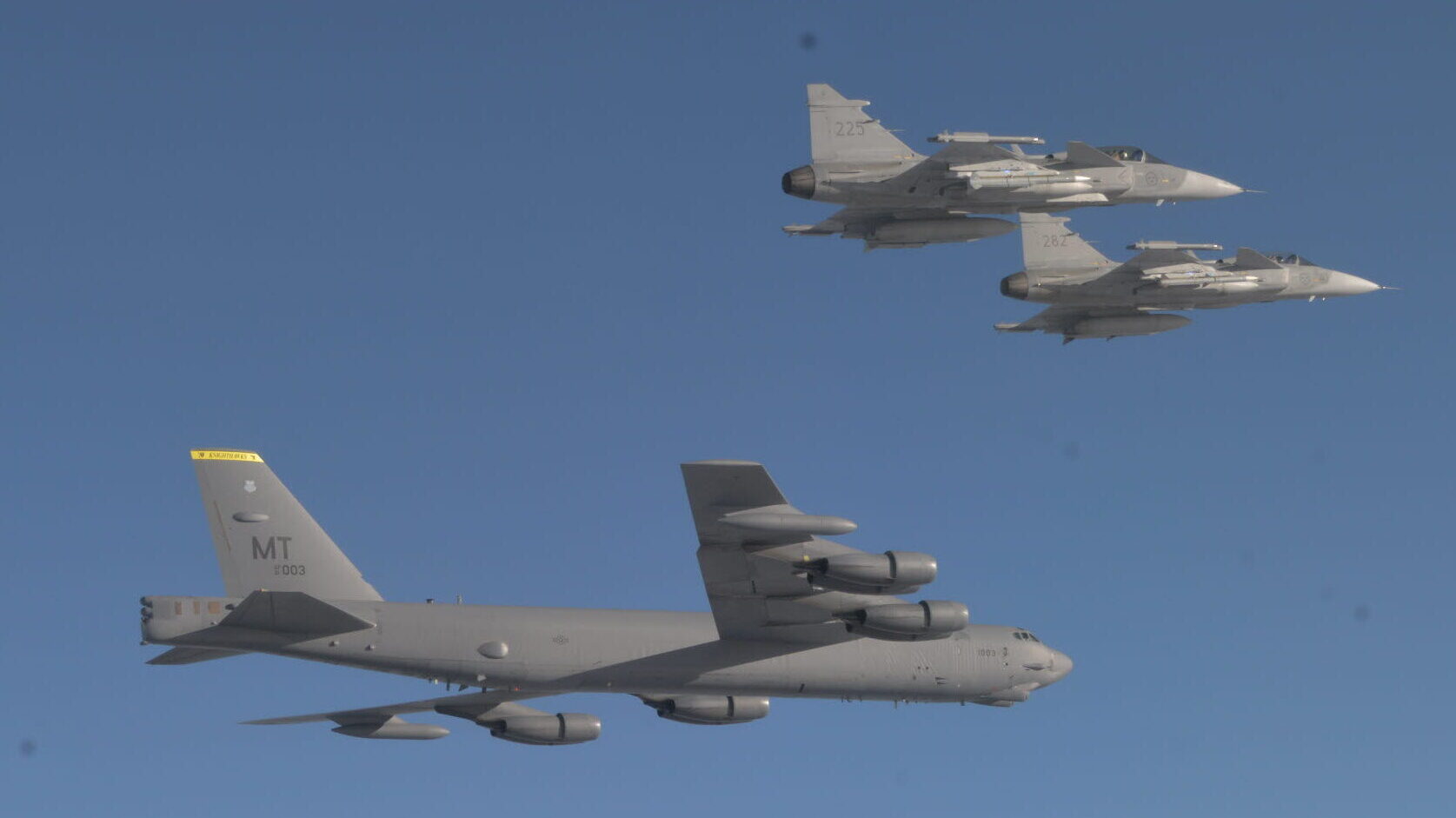Best Russian Plane - It is a product of Pak FA (Russian: pakzhizhi, abbreviated: проспективныйый) launched in 1999 as a more modern and affordable alternative to microfinance institutions (Mikoyan Project 1.44/1.42). The aircraft's internal designation is T-50. The first aircraft designed with stealth technology in service with the Russian military, and intended to form the basis of a family of stealth fighters.
The Su-57 is a multirole fighter capable of air combat as well as land and sea attacks, featuring stealth, supermaneuverability, supercruise, integrated avionics and a large internal payload capacity.
Best Russian Plane

The aircraft is expected to succeed the MiG-29 and Su-27 in Russian service and is already on the market. The first prototype flew in 2010, but the program underwent lengthy development due to various structural and technical problems that arose during trials, including the loss of the first production aircraft in a crash prior to delivery. After repeated delays, the first Su-57 entered service with the Russian Aerospace Forces (VKS).
Russia's New Su 75 Checkmate Promises A Lot. Can It Deliver?
In 1979, the Soviet Union outlined requirements for a next-generation fighter jet that would enter service in the 1990s. The program called for the I-90 (Russian: И-90, abbreviated: Истребитель 1990–х годов, literally "Fighter of the 1990s") and a solid ground, "multifunctional" (meaning ultimate purpose) attack capability fighter. MiG-29 and Su-27 forward tactical aviation services. Two sub-projects were created to meet these requirements: MFI (Russian: ♦, abbreviation: truncated: vydut: vydut: vydut'), conceptual work began in 1983.
Although not a partner in the MFI, Sukhoi began its own program in 1983 to develop technology for next-generation fighter jets, culminating in the forward-swept-wing S-32 experimental aircraft, later renamed the S-37 and Su. - 47. Due to lack of funds after the collapse of the Soviet Union, MFI was repeatedly delayed and the first flight of the MiG 1.44/1.42 prototype did not take place until 2000, 9 years later than planned.
Due to high costs, the MFI and LFI were eventually canceled, but the Russian Ministry of Defense began work on a new next-generation fighter program; In 1999, the ministry launched the PAK FA or I-21 program and announced the competition in April 2001.
Due to Russia's financial difficulties, the program aims to reduce costs by producing a single multirole fifth-generation fighter to replace the Su-27 and MiG-29. Further cost-saving measures are the integrated size between the Su-27 and MiG-29 and the much smaller common takeoff weight.000 pounds).
Top 10 Attack Aircraft In The World 2023 (rank Wise List): Jf 17 Thunder, Hal Tejas, Dassault Rafale
Sukhoi's approach to the PAK FA competition was very different from Mikoyan's; As Mikoyan proposed three design bureaus (Mikoyan, Sukhoi and Yakovlev) to work as a consortium with the winning team leading the design work, Sukhoi's proposal saw itself as the lead designer. At the start and the tire development and production cycle, the joint work agreement includes everything from propulsion and avionics suppliers to research facilities. Additionally, the two companies have different design concepts for the aircraft. Mikoyan's small and affordable E-721, with a typical takeoff weight of 16–17 tons (35,000–37,000 lb), is powered by 10–11 tons (98.1–108 kN) Klimov VK-10M engines. power, 22,000–24,300 lbf) thrust. By comparison, Sukhoi's T-50 is relatively larger and more capable, with a typical takeoff weight target of 22–23 tonnes (49,000–51,000 lb) and powered by a pair of Lyulka-Saturn AL-41F1 engines, each with a maximum thrust of 14.5 tonnes (142 kN , 32,000 lbf) of thrust.
In April 2002, the Ministry of Defense selected Sukhoi over Mikoyan as the winner of the PAK FA competition and Chief Design Bureau for the new aircraft.
Along with the merits of the proposal, Sukhoi's experience in the 1990s, successfully developing various Su-27 derivatives and a large number of exports ensured its financial sustainability.

Mikoyan continued to develop its E-721 as the LMFS (Russian: ЛМИС, abbreviated: Лёгкий многофункциональный фронтовой лятов, literally "light air craft").
Made To Take On Russia, Swedish Gripen Fighter Jets Should Go To Ukraine: Report
The PAK FA research and development program is known as Stolitsa (Russian: Столица, literally translated as "capital"). In 2002, Alexander Davydko was selected by Sukhoi as the chief designer of the T-50.
Novosibirsk Aircraft Production Association (NAPO) and Komsomolsk-on-Amur Aircraft Production Association (KnAAZ) will manufacture the new multirole fighter, with KnAAZ performing final assembly in Komsomolsk-on-Amur.
After a competition in 2003, Tekhnokompleks Scientific and Production Cter, Ramskoye Instrument Building Design Bureau, Tikhomirov Scientific Research Institute of Instrument Design (NIIP), Ural Optical and Mechanical Plant (UOMZ) in Yekaterinburg, Nizhny Novgorod, Moscow Institute to develop the Polet PAK FA avionics suite. of Central Scientific Research Radio Engineering was selected. In April 2004, NPO Liulka-Saturn (now NPO Saturn) was contracted as the contractor for the AL-41F1 rolling mill under the name izdeliye 117.
Sukhoi used the existing airframe as a test bed for various subsystems and concepts; The Su-47 tested the internal weapons bay and the Su-27M prototype was used as a test bed for the flight control system and engines.
Ukraine Air Force Seeks Game Changing Fighter Jets From Nato
In order to reduce development risks and share related costs and to bridge the gap with existing fourth-generation fighters, the Sukhoi Su-27 was called the T-10BM (Russian: БМ, abbreviated: большая моднизация, literally meaning "measure"), which was finally adopted by the Russian Ministry of Defense in 2009. Procured by the department and entered service in 2014 as the Su-35S.
The concept design and styling of the T-50 was completed and approved by the Ministry of Defense in December 2004; Government funding for the project began in 2005 and increased significantly in 2006 when detailed design was underway.
On August 8, 2007, Russian news agencies quoted the Commander-in-Chief of the Russian Air Force, Alexander Zelin, as saying that the development phase of the program was complete and construction of the first aircraft for flight testing would begin, with plans to build three flyable T-50 prototypes built in 2009.

From the early stages of the PAK FA program, Russia sought foreign partners in the project to increase its development funding and secure large export orders.
Russia's Su 57 Heavy Fighter Bomber: Is It Really A Fifth Generation Aircraft?
On October 18, 2007, Russia and India signed an agreement between Sukhoi and Hindustan Aeronautics Limited (HAL) to jointly develop a derivative of the PAK FA known as the Fifth Generation Fighter (FGFA).
In September 2010, India and Russia signed an agreement on a basic design agreement and both countries will invest 6 billion US dollars; A memorandum of understanding on preliminary design was signed in December 2010 and FGFA is expected to undertake development. 8-10 years.
However, by 2014, the IAF began expressing concerns about performance, cost and work sharing. India finally withdrew from the partnership in 2018.
The T-50's first flight was repeatedly delayed in early 2007 after unspecified technical problems were fixed. In August 2009, problems with the engine and technical research of Alexander Zelin were not resolved.
Russia's Su 57 Outshines Us Fifth Generation Fighters, Says Expert
On 28 February 2009, Sukhoi General Manager Mikhail Pogosyan announced that the airframe was almost complete and the first prototype should be ready by August 2009.
On August 20, 2009, Pogosyan's first flight d this year. Konstantin Makiko, deputy director of the Moscow-based Center for Strategy and Technology Analysis, said there are "delays with EVs" and that the aircraft could make its first flight in January or February, with commercial production taking 5 to 2 months. time of year
Flight tests were further delayed in December 2009 when Deputy Prime Minister Sergey Ivanov announced that the first tests would begin in 2010.

The first taxi test was successfully completed on December 24, 2009 and the first prototype T-50-1 made its maiden flight on January 29, 2010.
That's Weird — Russia's Best Fighter Jets In Syria Are Flying With Crappy Missiles
Piloted by Sukhoi test pilot Sergey Bogdan, the aircraft made a 47-minute layover at KnAAPO Zemgi airfield in Russia's Far East.
Prototype construction proceeds much more slowly than originally planned; As of one day in October 2013, the test program had flown more than 450 flights in five flights.
A total of t flying and three non-flying T-50 prototypes will be built for initial flight testing and state trials.
Initially, the program planned to have six prototypes before serial production began; However, tests showed that early prototypes had insufficient fatigue life, as early structural cracks developed in the airframe.
It Looks Like Maverick Will Take On Russia's Su 57 In New 'top Gun'
The aircraft was later structurally redesigned, including modifications such as the use of composite materials, a stiffer fuselage to meet life-cycle requirements, a longer tail "spin" and slightly larger wings; The sixth flyable prototype was the first of the redesigned "Tier. 2" aircraft, the five initial prototypes were considered "Tier 1" aircraft, requiring additional structural reinforcement to continue flight testing.
The last two flying prototypes were trials for the production Su-57 aircraft with complete mission systems.
"Phase 2" structural redesign minimizes weight gain for required strength

Ruger 556 review, vg6 epsilon 556 review, msar stg 556 review, sinn 556 review, sinn 556 i review, meridian 556 review, eotech 556 review, precor efx 556 elliptical review, benchmade 556 review, surefire sfmb 556 review, precor efx 556 review, sinn 556 anniversary review
0 Comments